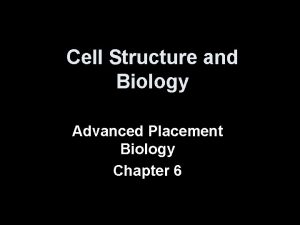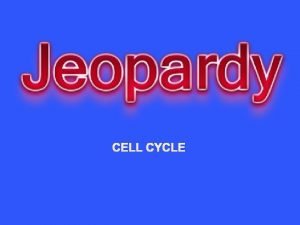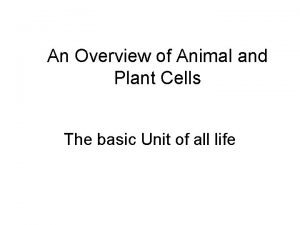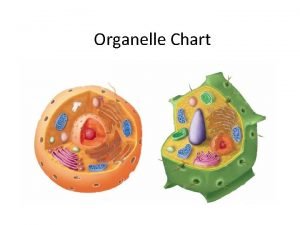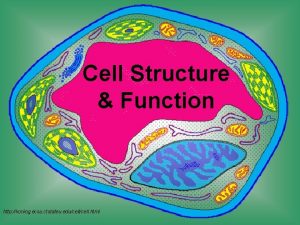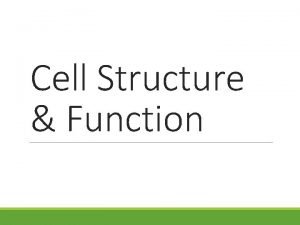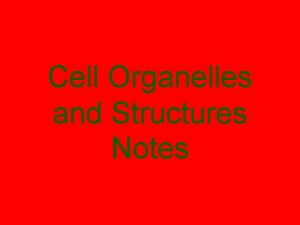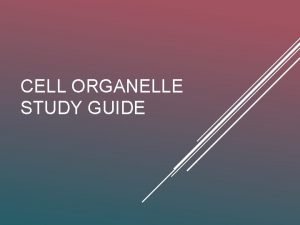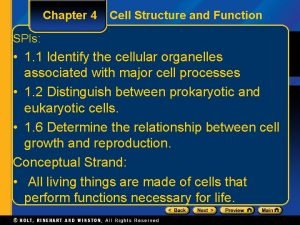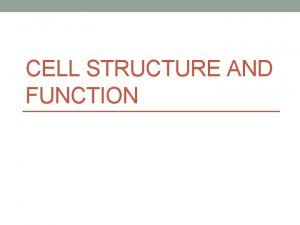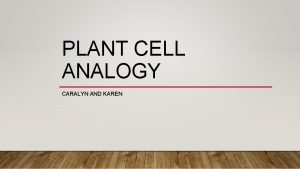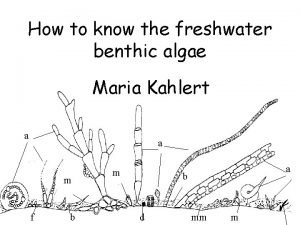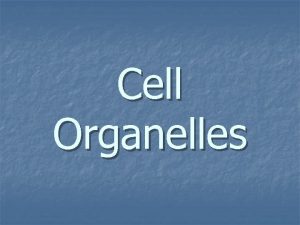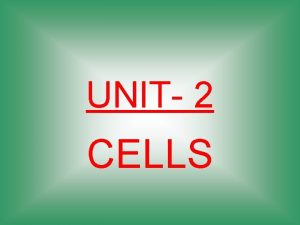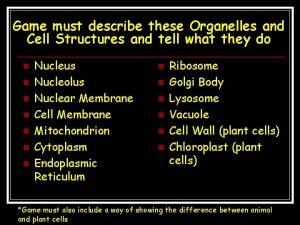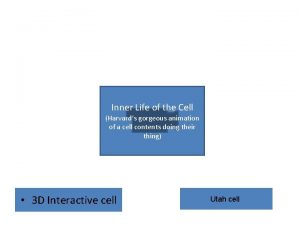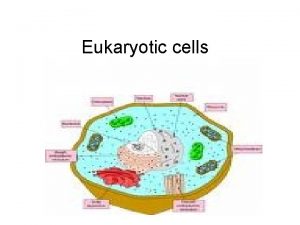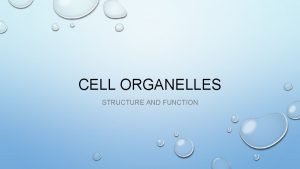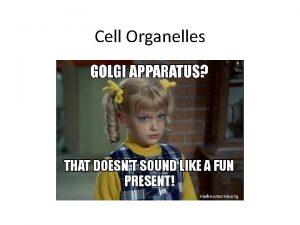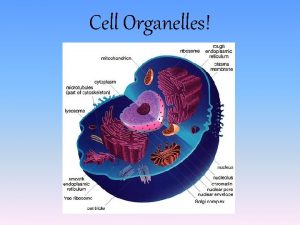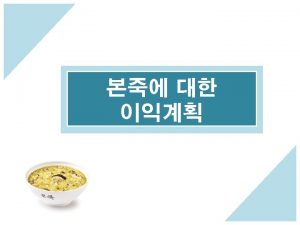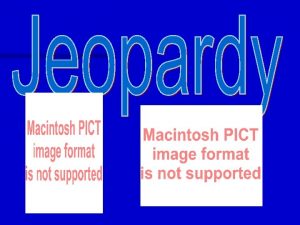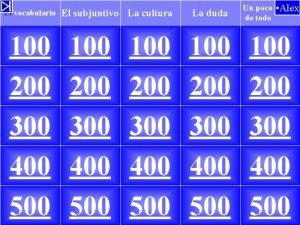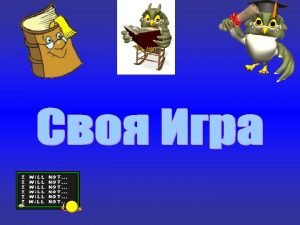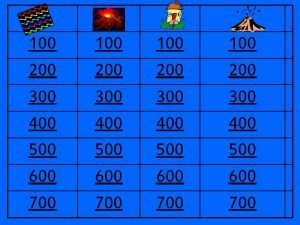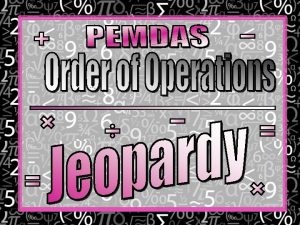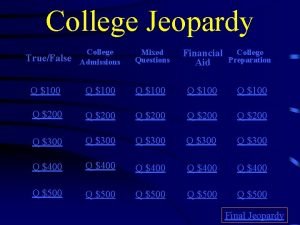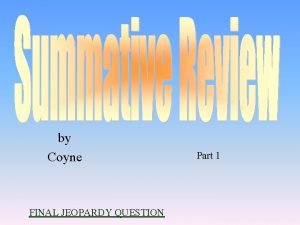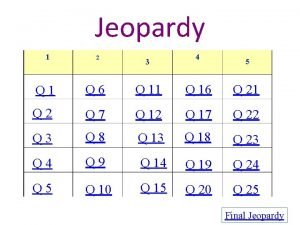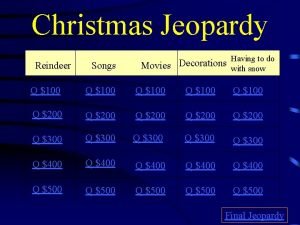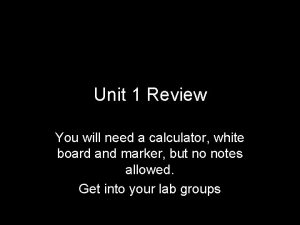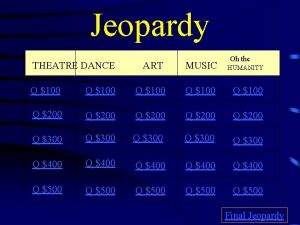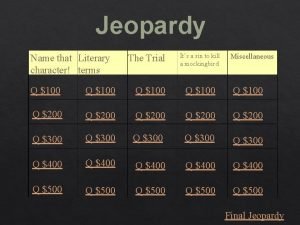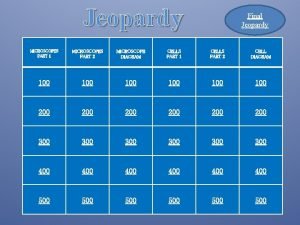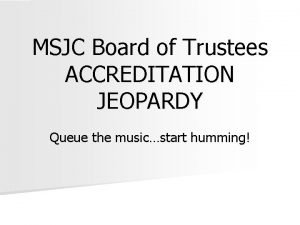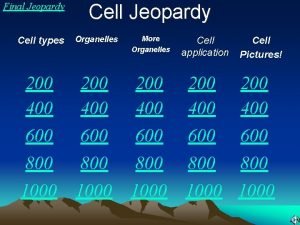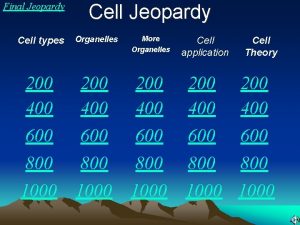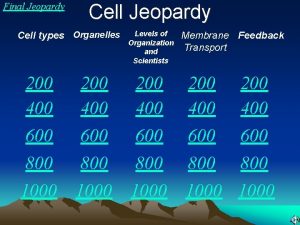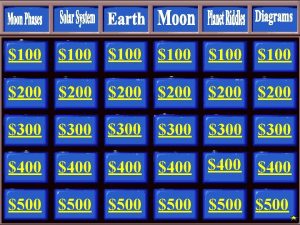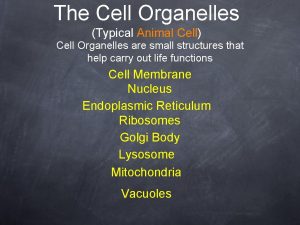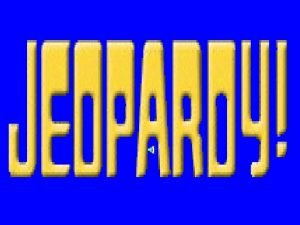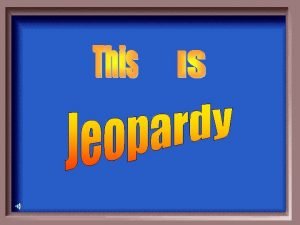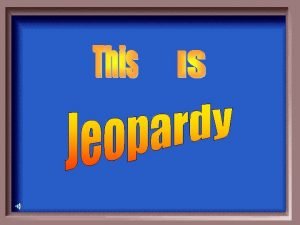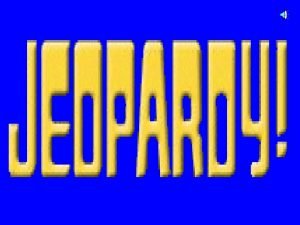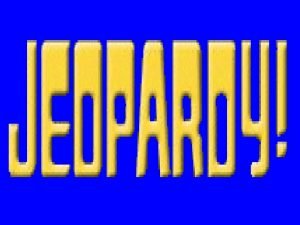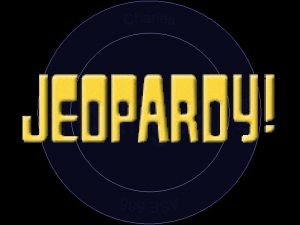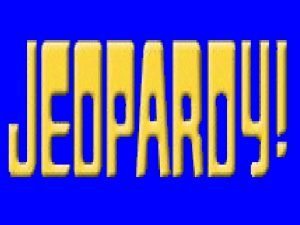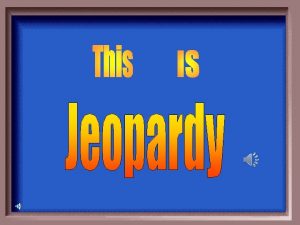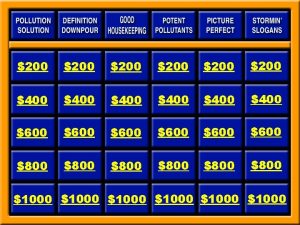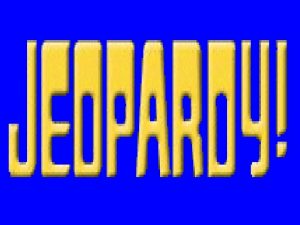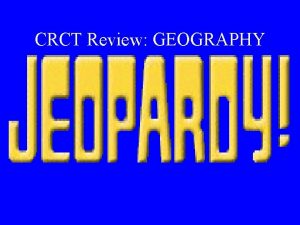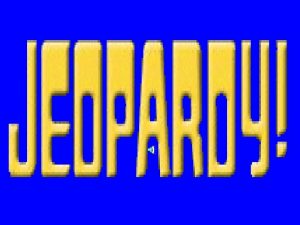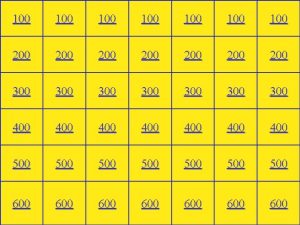Final Jeopardy Cell types Organelles Ecosystem 200 400





















































- Slides: 53

Final Jeopardy Cell types Organelles Ecosystem 200 400 600 800 1000 600 800 1000 Ecosystem 2 Ecosystem 3 200 400

2 This macromolecule is produced in the ribosomes of a cell.

3 What is protein?

4 This cell structure is mainly responsible for releasing energy from food molecules

5 What is Mitochondria?

6 This organelle is responsible for coordinating the cell activities and reproduction; sometimes called the “brain” of the cell.

7 What is the nucleus?

8 This process involves the moving of particles in and out of a cell with the use of energy.

9 What is active transport?

10 This organelle only appears in plant cells and provides structure and support for the cell because it is made of cellulose.

11 What is a cell wall?

12 Proteins are made by this organelle

13 What is a ribosome?

14 ______is the form of energy that cells use.

15 What is ATP?

16 Which structure includes all of the others? 1. DNA 2. nucleus 3. chromosomes 4. genes

17 Nucleus

18 The four bases that make up DNA

19 A, T, G, C

20 Give the complimentary bases of following sequence of DNA ATTGACCAGA __________

21 ATTGACCAGA TAACTGGTCT

22 A finite resource in the environment that keeps a population from steadily increasing is known as (1) dynamic equilibrium (2) a limiting factor (3) a reproductive enzyme (4) ecological succession

23 a limiting factor

24 In the cell, the organelle _______ use _______ to make protein.

25 What is a organism?

26 Describe or Give an example of population

27 A group of rabbit, a group of cats… any group of same kind or species.

28 An organisms 'job' or role in an ecosystem

29 What is the Niche?

30 Where the most energy is located in the energy pyramid

31 What is the bottom?

32 A diagram that shows many feeding relationships in an ecosystem

33 What is a Food web?

34 The number of organisms of any species that an ecosystem can support

35 What is a Carrying Capacity?

36 Give Two limiting factors for Fish population in ocean

37 Food Water p. H Water Temperature Predator

38 This type of symbiosis is when one organism benefits and the other organism is harmed.

39 What is parasitism?

40 All energy stored in food started from ______.

41 THE SUN

42 A type of organism who makes their own energy

43 What is an autotroph?

44 Which organisms are carnivores?

45 C, D, E

46 Name one PREY and one PREDATOR.

47 Prey Predator Mice Snakes/Hawks Crickets Frogs Hawks

40 Which graph represents a population that grew and is maintained at the carrying capacity of its ecosystem?

49

50

51 What is ecological succession?

52 WHO IS YOUR SCIENCE TEACHER? !

53 MS. LEE
 600+800+800
600+800+800 200 200 300
200 200 300 Label the organelles in the composite cell
Label the organelles in the composite cell During interphase a cell grows, duplicates organelles and
During interphase a cell grows, duplicates organelles and Chloroplast function
Chloroplast function Vacuole interesting facts
Vacuole interesting facts ;
; White blood cell organelles
White blood cell organelles Endoplasmic reticulum nickname
Endoplasmic reticulum nickname Cell organelles study guide answer key
Cell organelles study guide answer key Section 4-3 cell organelles and features
Section 4-3 cell organelles and features Cell organelles graphic organizer
Cell organelles graphic organizer Organelle functions chart
Organelle functions chart Mitochondria house analogy
Mitochondria house analogy Aamfb
Aamfb Eukaryotic cells
Eukaryotic cells Cell organelles vocabulary
Cell organelles vocabulary Plant cell
Plant cell Cell organelles game
Cell organelles game Inner life of a cell harvard
Inner life of a cell harvard Centrosoma
Centrosoma Centrosome function
Centrosome function Post office
Post office Cell organelles review
Cell organelles review Smallest organelle
Smallest organelle 300 400 500
300 400 500 200/400 meter training program
200/400 meter training program 400, 200, 100, 50, 25,
400, 200, 100, 50, 25, 100 200 300 400
100 200 300 400 100 200 300 400 500
100 200 300 400 500 100+200+300+400
100+200+300+400 100 200 300 400 500
100 200 300 400 500 100 200 300 400
100 200 300 400 200 300 400
200 300 400 Types of organelles
Types of organelles 200+200+100+100
200+200+100+100 200 200 300
200 200 300 200+200+100
200+200+100 100 + 100 200
100 + 100 200 100 200 300
100 200 300 Euro 200 final
Euro 200 final World geography final jeopardy
World geography final jeopardy College jeopardy questions
College jeopardy questions Todays final jeopardy
Todays final jeopardy Characters in banned books final jeopardy
Characters in banned books final jeopardy Movie quotes jeopardy
Movie quotes jeopardy Jeopardy final question today
Jeopardy final question today Final jeopardy christmas question
Final jeopardy christmas question Final jeopardy wager calculator
Final jeopardy wager calculator Jeopardy final question music
Jeopardy final question music Final jeopardy literary characters
Final jeopardy literary characters Todays final jeopardy question
Todays final jeopardy question Colonial america final jeopardy
Colonial america final jeopardy Final jeopardy queue
Final jeopardy queue


